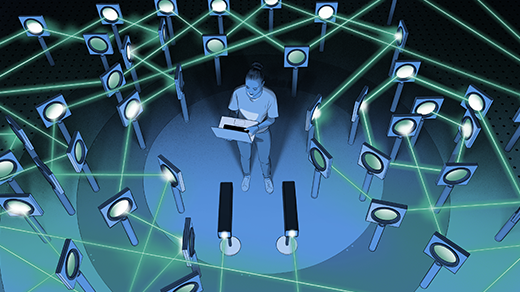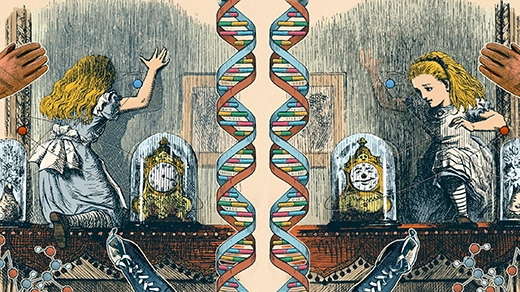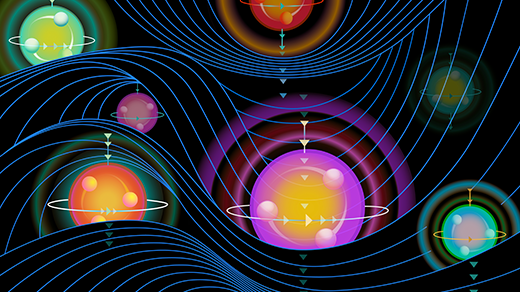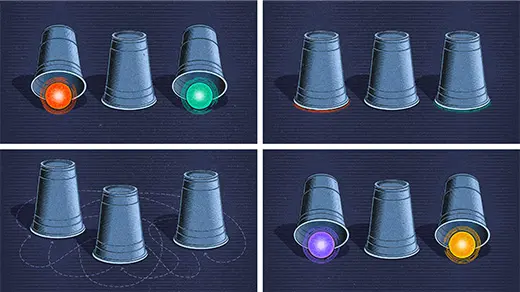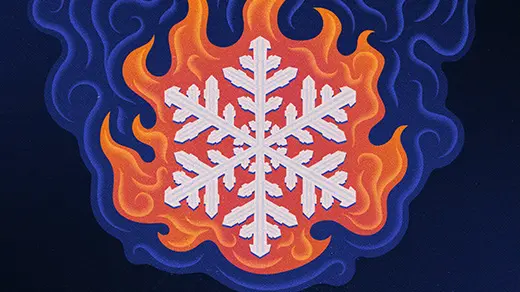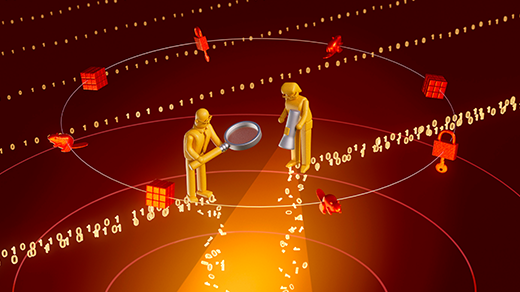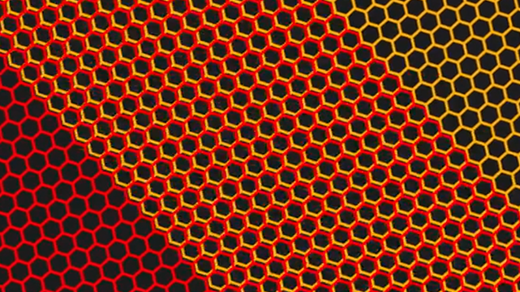What's up in
Quantum physics
Latest Articles
AI Comes Up With Bizarre Physics Experiments. But They Work.
Artificial intelligence software is designing novel experimental protocols that improve upon the work of human physicists, although the humans are still “doing a lot of baby-sitting.”
Matter vs. Force: Why There Are Exactly Two Types of Particles
Every elementary particle falls into one of two categories. Collectivist bosons account for the forces that move us while individualist fermions keep our atoms from collapsing.
First Map Made of a Solid’s Secret Quantum Geometry
Physicists recently mapped the hidden shape that underlies the quantum behaviors of a crystal, using a new method that’s expected to become ubiquitous.
How the Universe Differs From Its Mirror Image
From living matter to molecules to elementary particles, the world is made of “chiral” objects that differ from their reflected forms.
Can Quantum Gravity Be Created in the Lab?
Quantum gravity could help physicists unite the currently incompatible worlds of quantum mechanics and gravity. In this episode, Monika Schleier-Smith discusses her pioneering experimental approach, using laser-cooled atoms to explore whether gravity could emerge from quantum entanglement.
‘Paraparticles’ Would Be a Third Kingdom of Quantum Particle
A new proposal makes the case that paraparticles — a new category of quantum particle — could be created in exotic materials.
Heat Destroys All Order. Except for in This One Special Case.
Heat is supposed to ruin anything it touches. But physicists have shown that an idealized form of magnetism is heatproof.
The Year in Computer Science
Researchers got a better look at the thoughts of chatbots, amateurs learned exactly how complicated simple systems can be, and quantum computers passed an essential milestone.
Exotic New Superconductors Delight and Confound
Three new species of superconductivity were spotted this year, illustrating the myriad ways electrons can join together to form a frictionless quantum soup.
